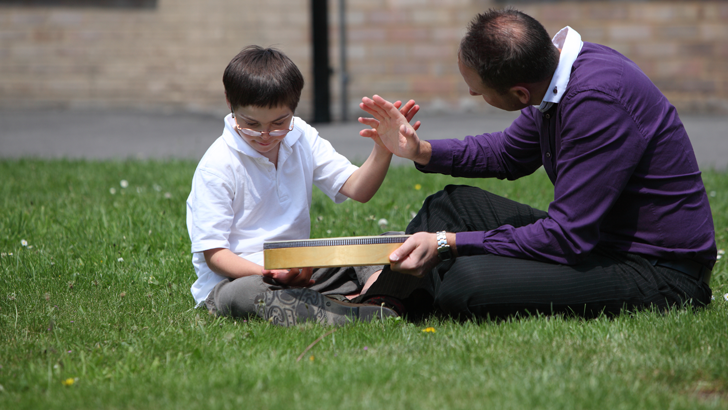
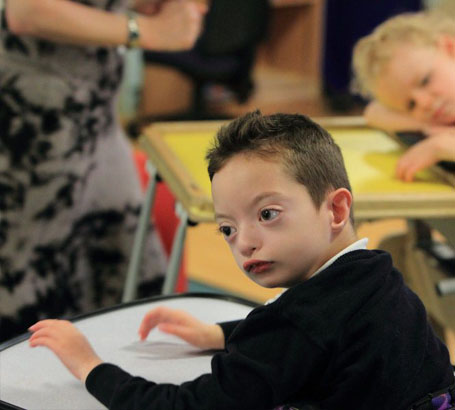
Level B of this module looks at the network of people who support children with SLD/PMLD/CLDD
including the immediate and extended family, teachers, carers and therapists.
It examines the organisational challenges faced by this group as a whole and underline the importance of working closely
as a team.
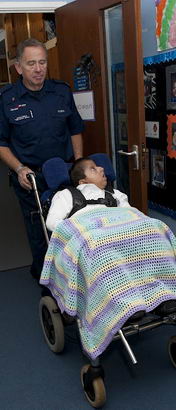
The materials in this level are intended to provide those working with children with SLD/PMLD/CLDD the tools to be able to:
- Demonstrate an awareness of the additional support needs of children and identify barriers that may impact on their learning when other agencies and professionals are involved;
- Demonstrate an awareness of the scope of other professionals’ roles; and
- Reflect on the range of professional disciplines and identify their contribution in relation to meeting the needs of children.
Details of the professional standards that apply to all teachers in England can be obtained from the Department for Education website. These standards apply to all teachers regardless of their career stage and all aspects of the standards are relevant to teachers working with children with special educational needs.
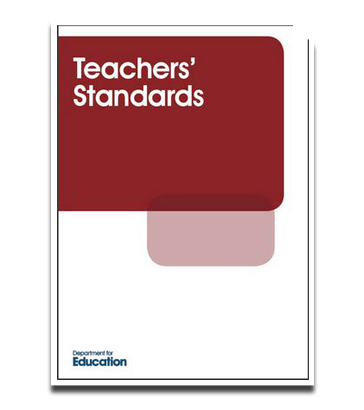
As defined by the Department for Education Special Educational Needs Code of Practice (2001), children have special educational needs if they have a learning difficulty which calls for special educational provision to be made for them.
Children have a learning difficulty if they have:
- A significantly greater difficulty in learning than the majority of children of the same age, or
- A disability which prevents or hinders them from making use of educational facilities of a kind generally provided for children of the same age in schools within the area of the local education authority.
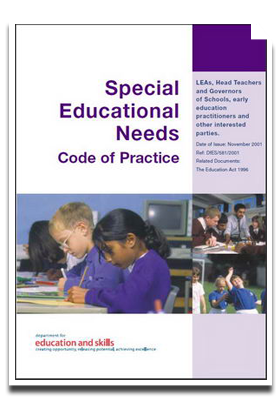
With thanks to the professionals who contributed to this module:
Module Content
Dr Michael Brown, Reader in Health & Social Care, Edinburgh Napier University
Beverley Cockbill, Training Officer, The Schools Network
Dr Brenda Hartley, Developmental Psychologist
Iain Chatwin, Independent SEN Trainer and Consultant
All modules produced by The Schools Network and
Real Group (UK) Ltd for the Training Development Agency for Schools (TDA).
Editorial Team
Dr Mark Turner, Real Group (UK) Ltd
Professor Hilary Constable, The Schools Network
Jo Egerton, The Schools Network
Anne Fowlie, The Schools Network
John Truman, The Schools Network
Annie Grant, Independent Consultant
Production and Design
Jonathan Bond, Real Group (UK) Ltd
Colm Gibson, Real Group (UK) Ltd
David Hutter, Real Group (UK) Ltd
Ruth Earl, Real Group (UK) Ltd
Video, Audio and Photography
Atomic Productions
Project Management
Professor Barry Carpenter, The Schools Network
Alan Macgregor, Real Group (UK) Ltd
Sylvia Paddock, The Schools Network
Dr Mark Turner, Real Group (UK) Ltd
Caroline Ward, The Schools Network
Thanks to all the children, parents, carers, assistants and teachers for their involvement.